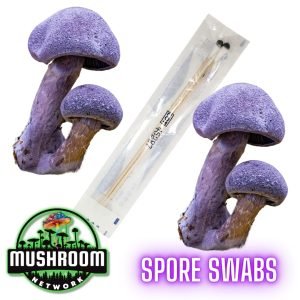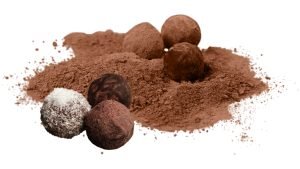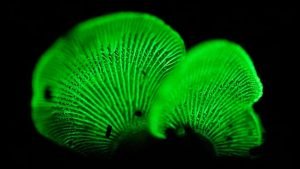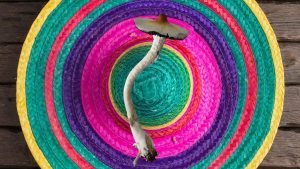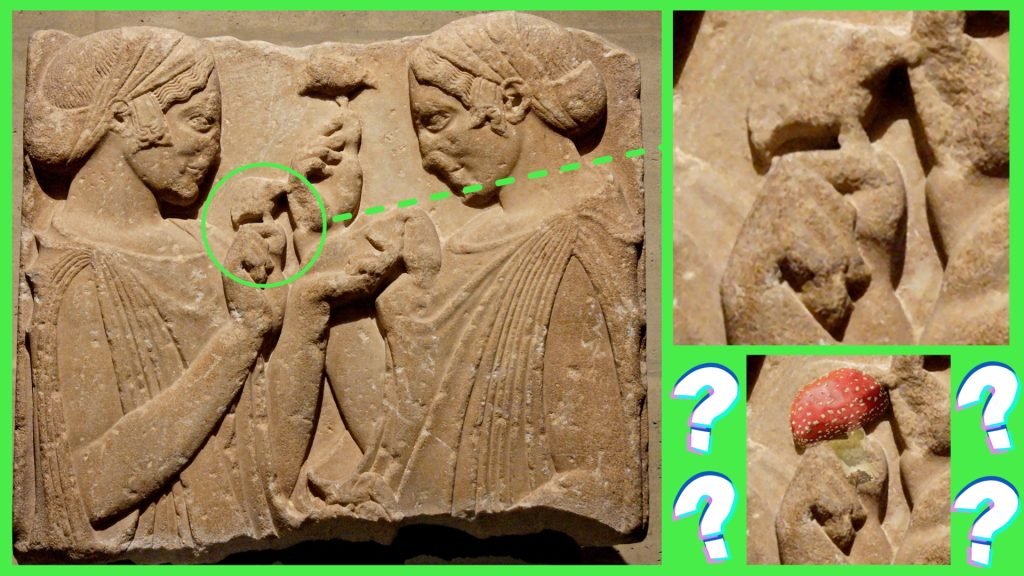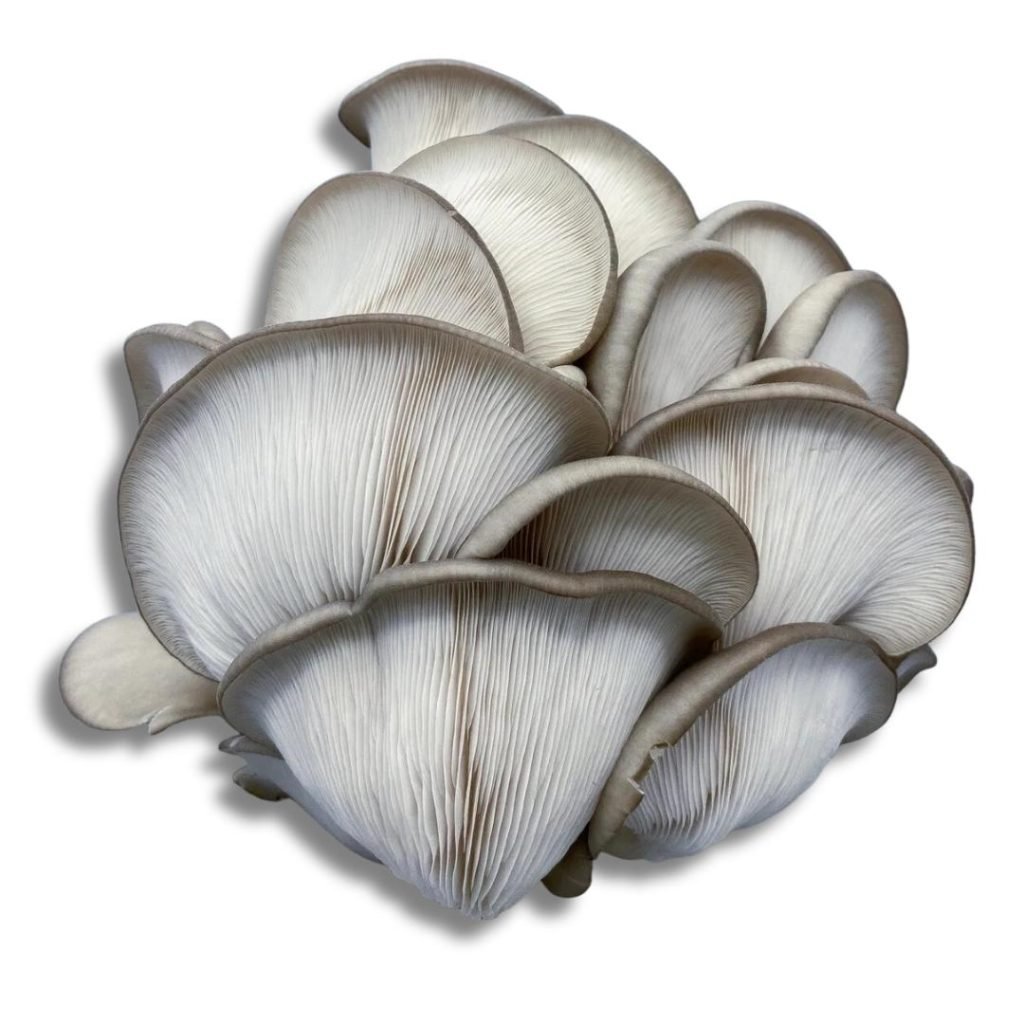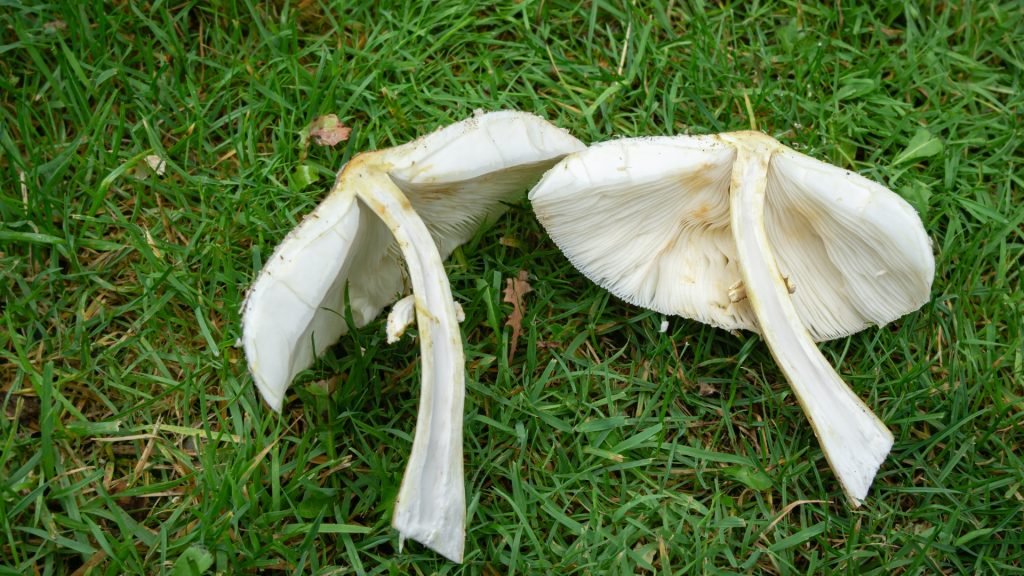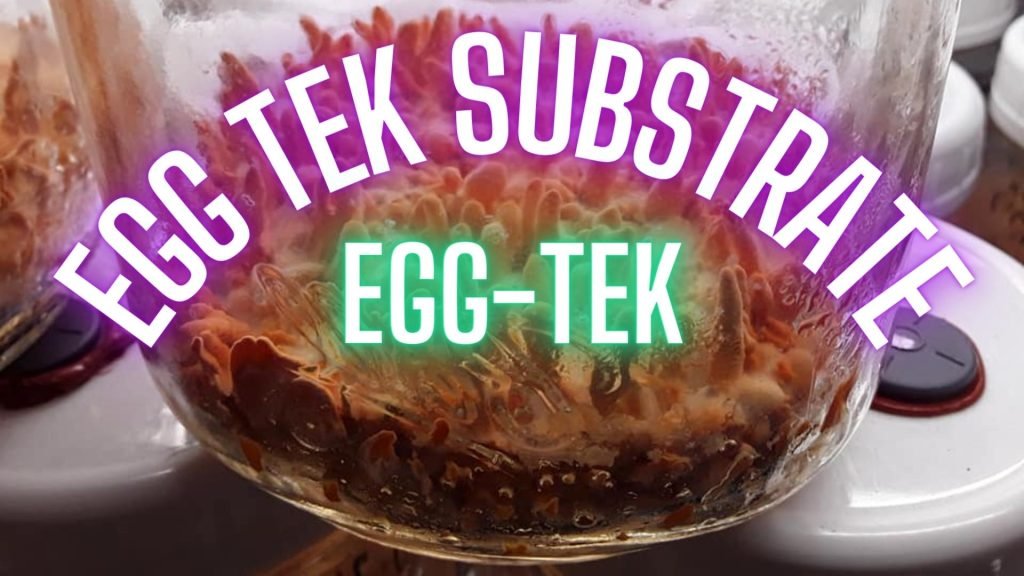The Pink Oyster mushroom, a vibrantly hued variety of the oyster family, adds a lively splash of color to any setting. This enticing species not only delights the palate but also serves as a visual feast in both gardens and dishes.
As we delve into the distinctive beauty of the Pink Oyster mushroom, we embark on a journey that transcends the traditional understanding of mushrooms. This story unfolds as we explore the aesthetic appeal of this fungus, its cultivation potential, and the captivating allure it lends to the culinary world.
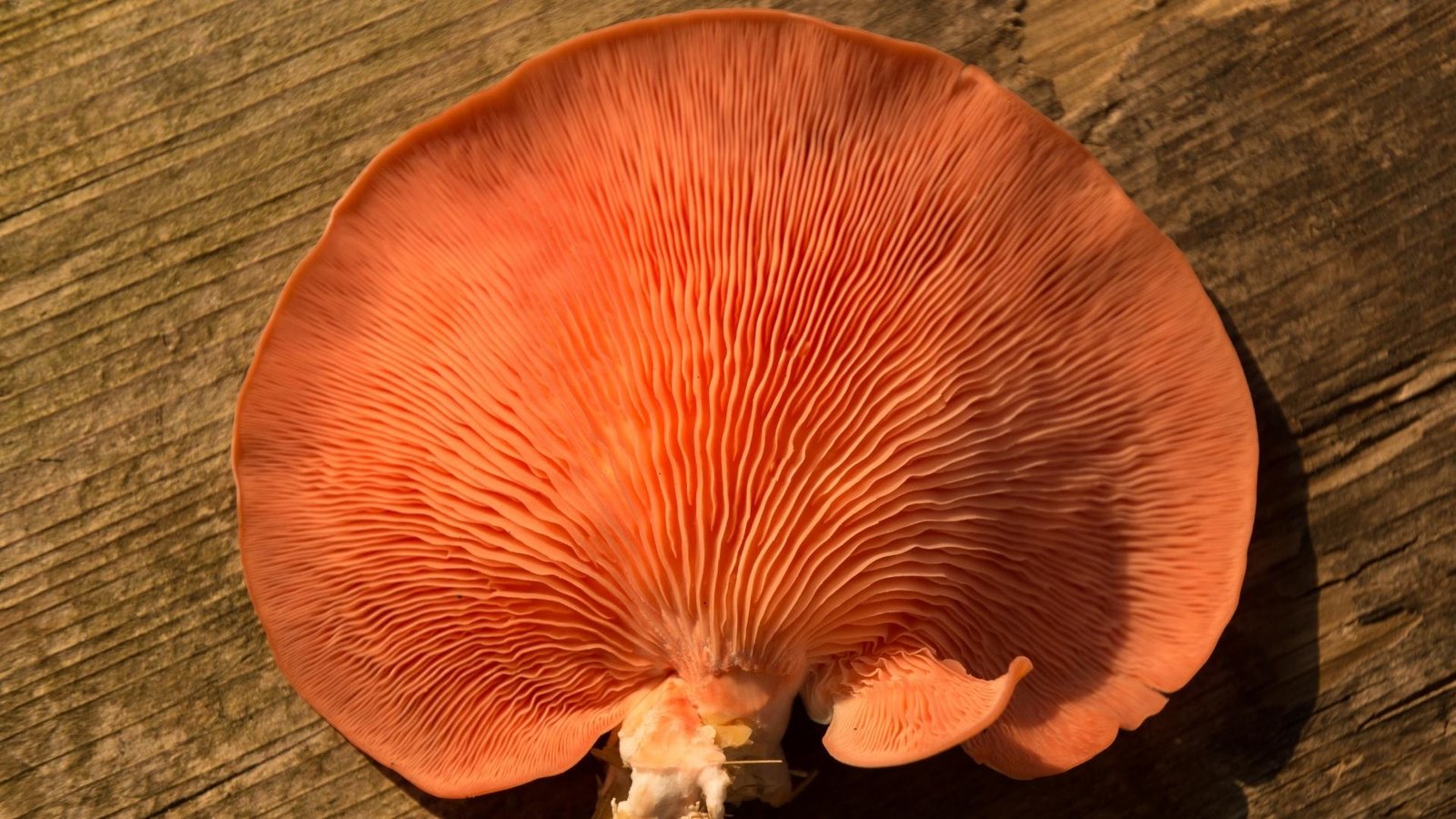
The Aesthetic Appeal of the Pink Oyster Mushroom:
The Pink Oyster mushroom, scientifically named Pleurotus Djamor, is an arresting spectacle in the world of fungi. Its appearance is as delightful as its taste, making it a prized find for both amateur mycologists and seasoned chefs.
Color and Shape – Distinguished by their vibrant pink hue and fan-like shape, Pink Oyster mushrooms can add a unique aesthetic to any location. The color can range from a subtle blush to a deep, almost neon pink, and their unique shell-like formation is a sight to behold.
Changing Hues – As the mushroom ages, its color shifts from a bright pink to a more subdued hue, eventually transitioning to an almost white coloration. This transformation creates a visual journey that mirrors the mushroom’s lifecycle, offering an additional layer of aesthetic intrigue.
Not Just a Pretty Face – Beyond their visual appeal, Pink Oyster mushrooms carry a distinctive flavor profile. Described as having a slightly sweet and woodsy flavor, they add not only color but also depth to a variety of dishes.

Global Distribution and Habitats:
Trametes Versicolor has an expansive global distribution, marking it as one of the most ubiquitous fungi worldwide. This cosmopolitan nature is a testament to its adaptability and resilience.
Geographical Reach – From the forests of North America, Europe, and Asia to the wilderness of Australia, Trametes Versicolor is virtually omnipresent. It even thrives in urban environments, finding footholds in city parks and along tree-lined streets.
Adaptability to Various Habitats – The Turkey Tail mushroom is not picky about where it makes its home. While it has a preference for hardwoods, particularly those in the deciduous family, it’s also found on conifers.
Diversity in Various Climates – Trametes Versicolor’s resilience extends to various climatic conditions. From temperate forests to subtropical regions, it survives and thrives, contributing to its extensive geographical distribution.
The universe of mushrooms is expansive, each variant bearing its own unique charm and characteristics. The Marketplace on the 🍄 Mushroom Network is a testament to this diversity. It is a haven for those seeking a deeper understanding of the magical world of mushrooms. If you’re keen on learning more about this type of mushroom and other mushroom variants, this Marketplace is your ultimate resource.
Ecological Role of Trametes Versicolor:
In the intricate web of forest ecology, Trametes Versicolor plays a pivotal role. This decomposer aids in the recycling of nutrients, thus promoting the health and sustainability of forest ecosystems.
Decomposer Role – As a saprophytic fungus, Trametes Versicolor breaks down the lignin and cellulose in dead wood, converting these complex compounds into simpler substances. This decomposition process releases essential nutrients back into the soil.
Nutrient Cycling – The role of Trametes Versicolor in nutrient cycling is integral to the health of forest ecosystems. By breaking down dead wood, it helps maintain soil fertility, ensuring the continued growth and regeneration of the forest.
Biodiversity Indicator – Due to its ecological role and broad distribution, the presence of Trametes Versicolor can indicate a healthy, biodiverse forest. Its decline may signal environmental issues, such as pollution or habitat loss.
Not sure where to start? The 🍄 Mushroom Academy offers a wide range of courses tailored to your needs. Whether you’re a beginner eager to learn or an experienced mycologist looking to broaden your knowledge, the 🍄 Academy has something for everyone.

Transition to ‘Mosaic Conclusion’:
As we navigate towards the ‘Mosaic Conclusion’ of our exploration, we comprehend the profound impacts of the seemingly inconspicuous Turkey Tail mushroom. Beyond its striking aesthetic appeal and extensive distribution, it holds an ecological role of remarkable significance. The intricate patterns of Trametes versicolor paint a beautiful tableau of the vibrancy and resilience of life on Earth.
Don’t forget to check out the 🍄 Mushroom Network’s Marketplace to see what’s available. But hurry, our shelves are constantly evolving, and you wouldn’t want to miss out on this wonderful mushroom. Join our growing network of Patrons, Genetics, and Mycologist Vendors only on the 🍄 Mushroom Network!
Recommended Reads:
Pasta With Chicken and Mushrooms
Introduction: Embark on a culinary journey with this Pasta with Chicken and Mushrooms dish, where...
Read More...Porcini Mushroom-Infused Chocolate Truffles
Introduction: Discover the unexpected delight of Porcini Mushroom-Infused Chocolate Truffles, where the umami richness of...
Read More...Bitter Oyster (Panellus Stipticus)
Welcome, esteemed mycologists and curious minds! Today, we delve into the intriguing world of Panellus...
Read More...Yellow Umbo: A Glimpse into Hybrid Psychedelic Mushrooms
About This Article: Move over, Cubensis and Semilanceata! There’s a new hybrid in town—Yellow Umbo....
Read More...Whoa there, Spore Sport! 🍄 Looks like you’re not logged in yet. Don’t you know what you’re missing? MYCO-CREDITS! Imagine all the fungal fun you could have. It’s like finding a Morel in May and not picking it. Tragic, right? Log In or Become a Myco-Patron and start racking up those credits. It’s more rewarding than finding a mushroom in your backyard! 🌟🏡





